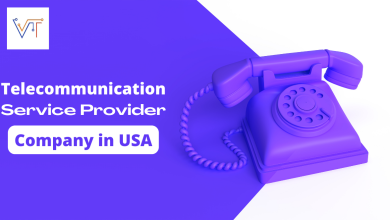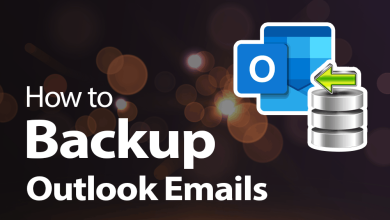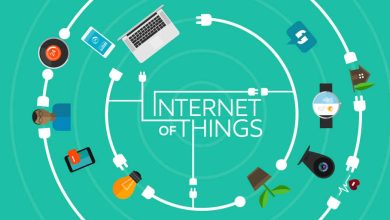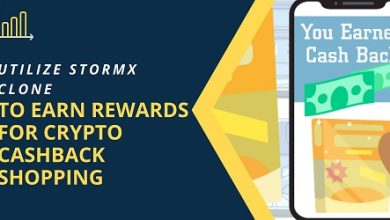How to Make Gmail Emails More Secure?
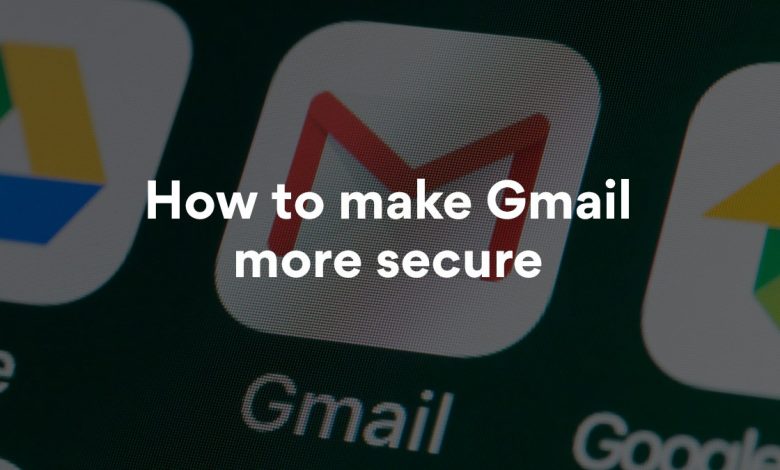
The goal of this post is to assist you to make Gmail emails more secure. We’ll walk you through some practical, non-technical actions you can share with your team to keep your Gmail data safe and confidential.
Introduction:
Do you realize that half of all adults in the United States are hacked every year? Consider what it would be like if your personal or business Gmail account was hacked as well. It’s not a pleasant idea.
Follow these seven steps to verify that your Gmail security is top-notch and that you are no longer at risk.
1. Two-Step Verification should be enabled
Due to Google’s concerns about account theft, the company has implemented a security tool called 2-Step Verification. Two-Step Verification adds an extra degree of security to Gmail. A code will be delivered to your phone every time you want to access your account, making it impossible for someone else to guess your password.
2. Backup Gmail emails to safe and secure format
You can use any tool to export Gmail emails to PST format depending on your needs. Whether you’re a home user or a business user. This solution will be beneficial to both parties. When you export the Gmail mailbox folder to a safe and secure format like PST, you can then delete your crucial emails from Gmail to get rid of problems related to security of Gmail account.
3. Instead of sharing your Gmail passwords, utilize Shared Inboxes.
Sharing a single password isn’t the most secure option. Instead, it’s best to set up shared inboxes for all of your group email addresses.
You can invite relevant team members and have them manage group emails straight from their inboxes using Shared Inboxes. It’s also possible to assign emails to specific team members, change the state of a conversation, and add tags for extra context with the top solutions on the market.
4. Access to third-party apps should be revoked
You may have used your Google credentials to join up for a website or installed third-party extensions/apps over time. Some of them may put your Gmail account in jeopardy in the future. To avoid any hazards, it’s advisable to always withdraw access to programs you don’t use anymore.
To withdraw access to anything you don’t wish to keep, go to your Google account permissions page. Make sure to repeat this procedure on a regular basis, such as once a quarter.
Read Also: How to Backup Outlook emails in Windows 11?
5. Keep an eye out for unusual activity
If Google detects unusual behavior in your account, you will be notified. It’s possible that sign-ins are coming from an unexpected place or device. Manually reviewing your account at least once a month to ensure that no suspicious activity has occurred is ideal.
To review your account, go to the ‘Details’ tab in the footer of your mailbox on the right hand side.
6. Check your account filters for emails that are being forwarded
It’s critical that you check your account for any active filters that might be sending your email to a third-party email address. This test is straightforward: Select the Filters tab from your Gmail Settings page. Look for and eliminate any filters you haven’t authorized or aren’t using.
7. Email trackers can be detected and blocked
Many people and businesses track emails they send these days, which you may not be aware of. They could use this information to figure out when, where, and how many times you’ve read their message. By installing extensions, you can detect and prevent such trackers. We advocate using our own tool to accomplish this because we know our code is clean and we don’t keep or transfer your Gmail information.
Final Words
By following the easy procedures outlined above, you may be assured that your Gmail inbox, as well as the inboxes of your employee, will be secure. Always be on the lookout for warnings from Google recommending that you need to install additional Gmail security to stay on top of any new potential flaws when it comes to e-security. In Addition, you can use a software like advik Gmail backup tool to make it even more secure by exporting emails along with other data to safe and secure places.

